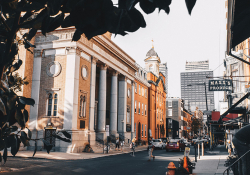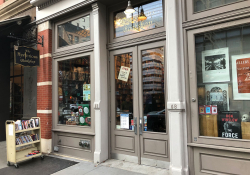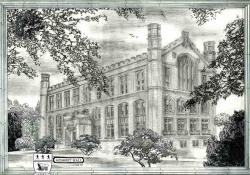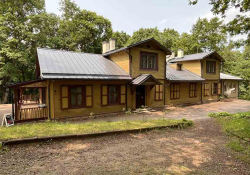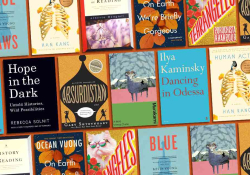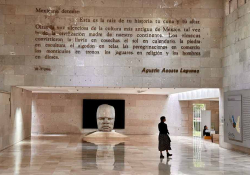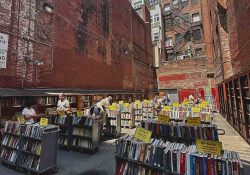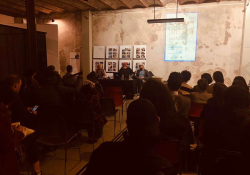Tokyo’s Mukōjima-Hyakkaen Garden
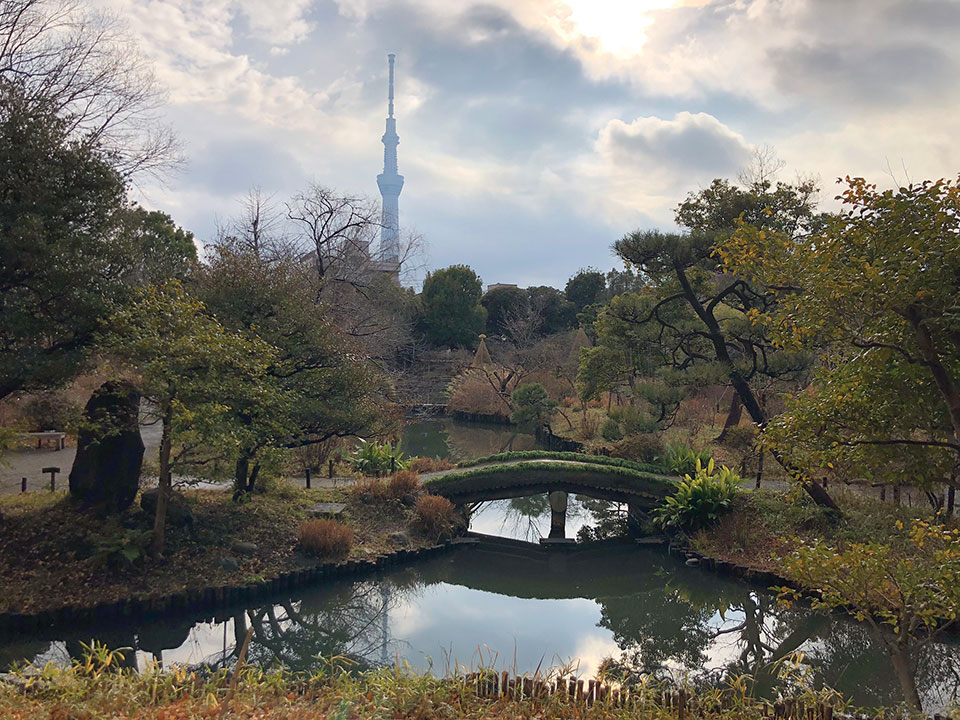
NEAR THE HEART of old Tokyo, surrounded by the largest metro area in the world, the Mukōjima-Hyakkaen Garden provides a respite from the bustle of the city with a traditional and lush corner of peace and quiet. For more than two centuries, the garden has been a haven for the city’s writers and artists as well as anyone who desires a temporary escape from urban life into the subtle tranquility of nature.
Mukōjima-Hyakkaen was first established in the early years of the nineteenth century by a wealthy antiques dealer who, with the help of several prominent artists of the period, built a garden where writers could surround themselves with blooming flowers and trees at any time of the year. Despite severe damage from aerial raids during World War II, Mukōjima-Hyakkaen remains the only surviving Edo-period flower garden in Japan.
I find myself there on an overcast weekday afternoon. The rain has just stopped, but the chill and mist remain thick in the air. Soon after stepping inside the walls, the sounds of cars and conversations from the surrounding neighborhood fade and disappear, replaced by the soft chirping of birds, swishing of leaves, and plunking of water droplets falling from the tips of tree branches and tiled roofs onto the soft dirt paths below.
When moving through Mukōjima-Hyakkaen, one quickly realizes that there is no single path to take. Once beyond the traditional thatched bamboo gate, the trail splits and meanders past overhanging trees whose branches twist and end in flowering buds. Multicolored floral displays rest in wicker baskets. A moss-covered well sinks into a puddle below a wooden bucket hanging from a plum tree. To the right, a narrow bridge lined with ankle-height green foliage overlooks a tranquil pond stretching from one end of the garden to the other.
Tucked in between the multitude of trees and flowers are engraved stones and wooden signs featuring painstakingly handcrafted inscriptions of poems by celebrated Japanese writers. Many of these poets were personally involved in the creation of the garden. Among these literary monuments is a haiku by Matsuo Bashō, one of the most beloved poets in Japanese history.
And with the haze
The humor of spring is prepared
Moon and plum blossoms
This poem is well chosen, a meditation on the changing of the seasons and the cycles of nature surrounded by the carefully curated foliage of the garden. Alongside the many carved works that grace the quiet nooks and corners of the winding path, these words help remind visitors of the garden’s dual purpose as a place of peaceful contemplation and artistic inspiration.
There is a deep sense of mystique in the tranquil beauty and illustrious history of Mukōjima-Hyakkaen. It would be a privilege for any aspiring poet to write a few words on a bench under the shade of a plum tree, celebrating the silence and the knowledge that many artists have written their works under the same tree, enjoying the breeze from a different spring.

